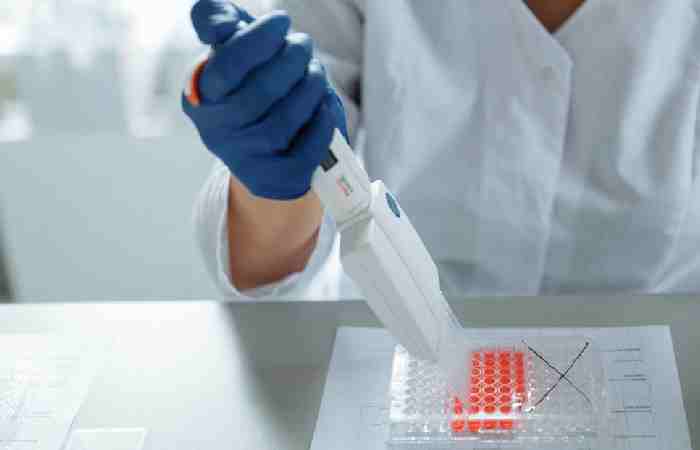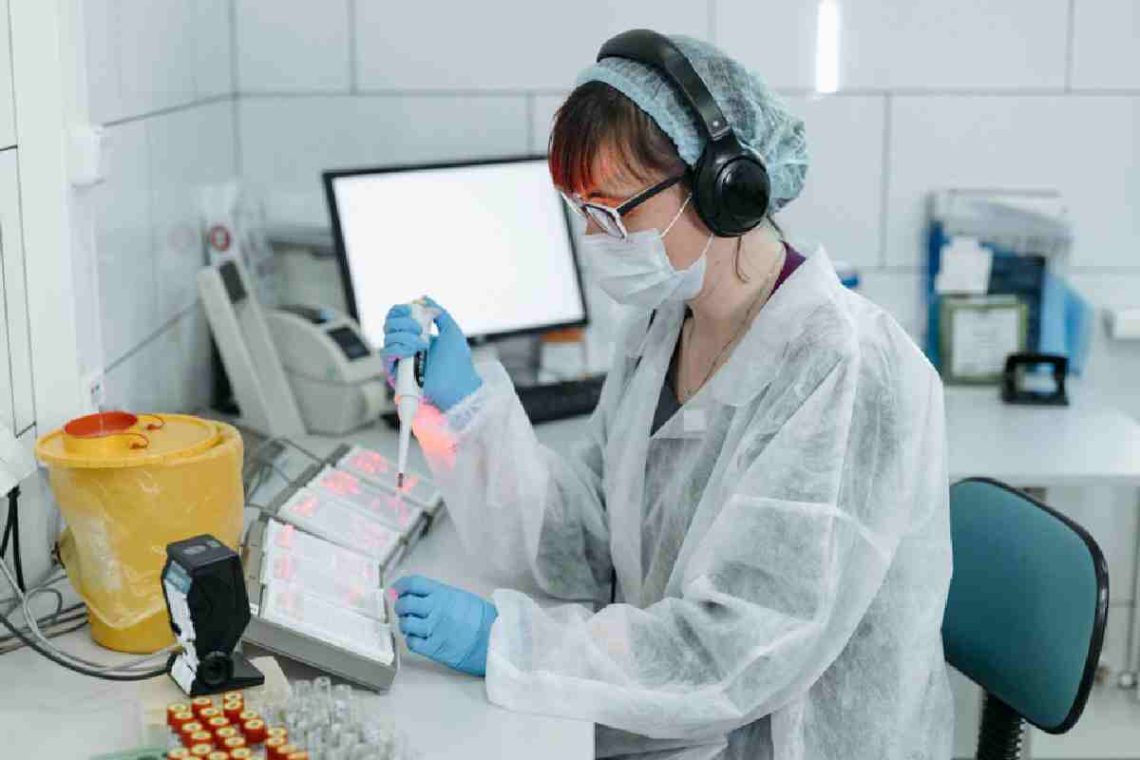Scientific research is moving fast. Laboratories need to keep up with the pace. New tools like CRISPR and artificial intelligence are leading the way. These tools change the way scientists work with cells, making it possible to develop cell lines more efficiently while improving accuracy and saving time.
Automation is now common in advanced labs. Machines perform tasks that once took hours of manual labor. Software systems guide much of the process. Together, these technologies are building the lab of the future.
The Shift Toward Smarter Cell Line Development
Scientists rely on cell line development platforms to manage complex workflows. These platforms combine several steps into one streamlined system. They bring gene editing, selection, and screening under a single framework.
Before these systems, each step required separate tools and hands-on work. This made the process slow and prone to error. Now, labs can create stable cell lines with less effort. These platforms help reduce risks and speed up timelines.
They also support better decision-making. By using digital tools to track results, labs gain more control over their experiments. This results in greater consistency from start to finish.
CRISPR as a Precision Tool in the Lab
CRISPR allows scientists to edit DNA with precision. It works by cutting the genome at a chosen point. After the cut, the cell can be guided to repair or replace the gene. This process is fast and targeted.
For cell line engineering, this is a major advantage. Researchers can insert or remove traits as needed without relying on random mutations. This saves time and leads to better outcomes.
CRISPR also reduces the number of trials required. Fewer edits are needed to get a cell line with the right traits. This cuts down on costs and effort. The tool is now a key part of many automated lab systems. It fits well with robotic platforms that carry out tasks based on digital instructions.
AI Drives Smarter Decisions in the Lab
Artificial intelligence is making a big difference in how labs function. It can study large sets of data in a short time, finding patterns that people might miss. It can also make predictions about which cell lines will perform best.
In cell line engineering, AI can rank clones based on expected success. This means labs can focus on the most promising ones early. It helps remove the guesswork from selection.
AI also helps with troubleshooting. If something goes wrong, it can point to where the issue began. It can then suggest changes for future runs. This shortens the learning curve and helps labs improve faster.
Automation Improves Speed and Consistency
Automated systems have transformed lab work. Machines now handle routine tasks like pipetting, plating, and monitoring. They do these tasks the same way each time. This leads to more consistent results.
Robots do not get tired. They work through nights and weekends. This speeds up projects and increases output. Labs can now test hundreds of samples at once.
Automation also reduces contamination and human error. It creates a cleaner and more reliable environment. For cell line engineering, this kind of stability is critical. Every step must be accurate to ensure success.
Integration of CRISPR, AI, and Automation
These tools are powerful on their own. But they work best when used together. CRISPR does the editing. AI provides the strategy. Automation carries out the plan. The result is a seamless workflow from design to delivery.
This integration allows labs to run many tests at the same time. Each test feeds data back into the system. AI learns from the results and adjusts the next round of edits. This creates a loop that grows smarter with each cycle.
Such a system leads to rapid progress. Labs no longer need to spend weeks on trial and error. They can test, learn, and improve in a much shorter time. This also brings down the overall cost of development.
Real-World Applications Are Expanding
Many industries are using these tools to solve real problems. Drug companies are using them to make better therapies. They need cell lines that produce large amounts of protein without unwanted byproducts. CRISPR and AI help them reach these goals faster.
Academic labs are also using next-gen tools. They study rare diseases, test new treatments, and explore how cells behave. Automation allows small teams to work at a larger scale.
In agriculture, researchers use cell engineering to improve crop traits. They can develop plants that resist pests or grow faster. These tools have broad uses beyond medicine.

Looking Ahead: The Fully Digital Lab
The lab of the future is already taking shape. It will be fully automated, driven by AI, and powered by tools like CRISPR. Scientists will set goals and systems will carry them out.
This setup does not replace researchers. Instead, it frees them to focus on creative thinking and complex problems. Machines will take care of repetitive tasks. Scientists will spend more time designing better experiments and studying results.
This shift will lead to faster discoveries. It will also make labs more adaptable. When new challenges arise, they can respond quickly. The future of lab work is not just more advanced—it is more efficient and more human-focused.

